Urban life often means skyscrapers, traffic, and concrete as far as the eye can see. Yet across America, certain cities have managed to preserve natural spaces that offer genuine respite from the hustle of daily life.
These urban areas boast spectacular parks, waterways, and green spaces that make residents feel miles away from city life—without ever leaving town. Here is a list of 15 cities across the United States where you can experience the tranquility of nature without sacrificing urban amenities.
Portland, Oregon

Portland embraces its nickname “The City of Roses”, with over 10,000 acres of parks and natural areas within city limits. Forest Park stands as one of the largest urban forests in America, spanning more than 5,200 acres with 80+ miles of hiking trails.
The city’s commitment to green space means you can spot great blue herons and bald eagles just minutes from downtown coffee shops.
Austin, Texas

Austin proves that urban centers and natural beauty can coexist perfectly. Barton Springs Pool, a three-acre natural limestone pool fed by underground springs, maintains a refreshing 68-degree temperature year-round.
The 10-mile Ann and Roy Butler Hike-and-Bike Trail circles Lady Bird Lake, offering stunning skyline views while surrounded by cypress trees and wildlife.
Minneapolis, Minnesota
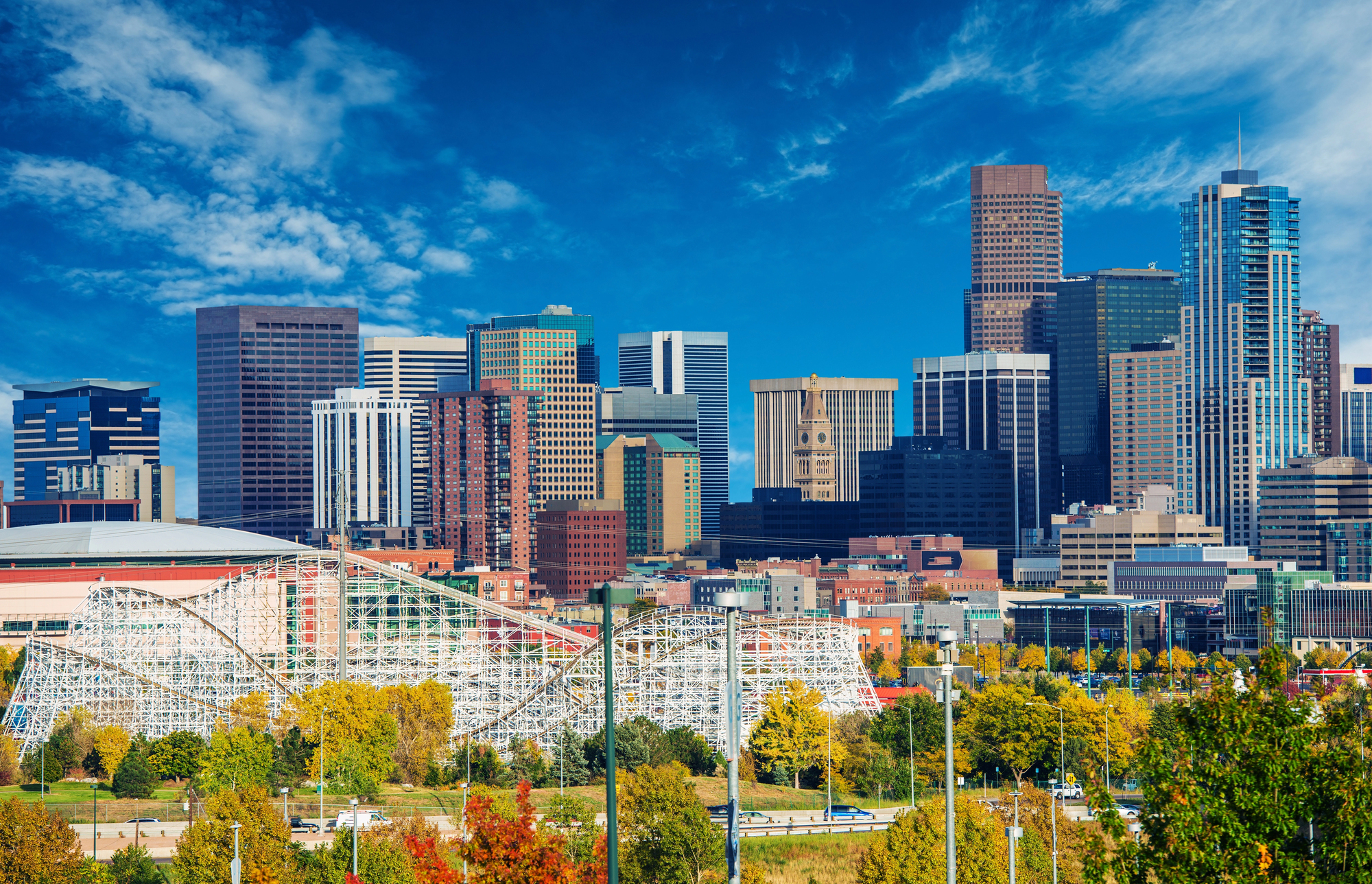
Minneapolis features an impressive chain of lakes right in the heart of the city. The Grand Rounds National Scenic Byway connects 50+ miles of parkways, trails, and waterways that wind throughout the urban landscape.
Minnehaha Falls, a 53-foot waterfall, creates a dramatic natural focal point that transforms with each season, from flowing cascades in summer to magnificent ice formations in winter.
Like Travel Pug’s content? Follow us on MSN.
San Francisco, California
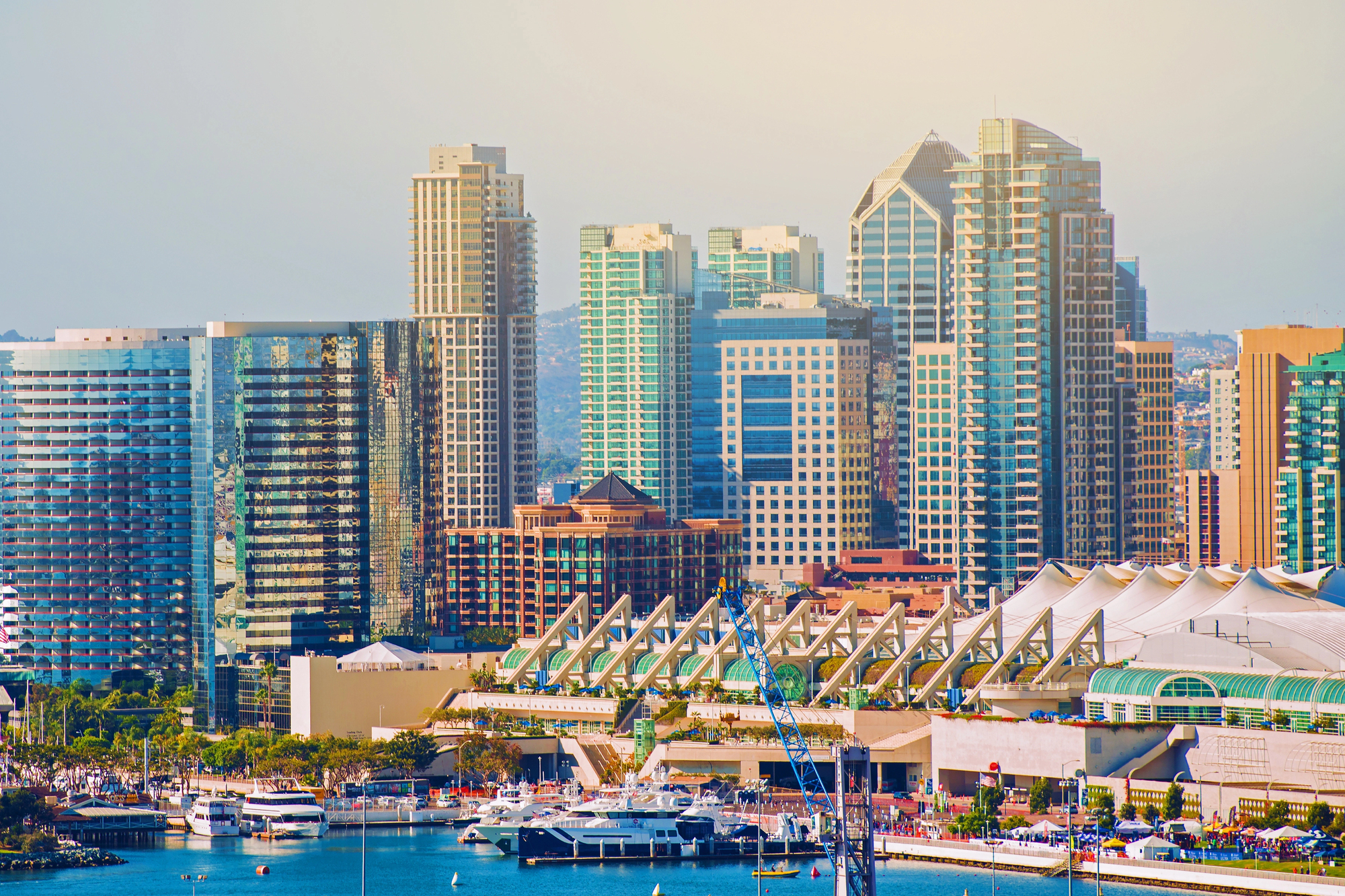
San Francisco’s topography creates natural escapes at every turn. The Presidio, a 1,500-acre former military post, now houses forests, beaches, and stunning Golden Gate Bridge views.
Land’s End offers dramatic cliff-side trails where the Pacific Ocean crashes against the shoreline, creating a wild coastal experience just minutes from busy city neighborhoods.
Seattle, Washington
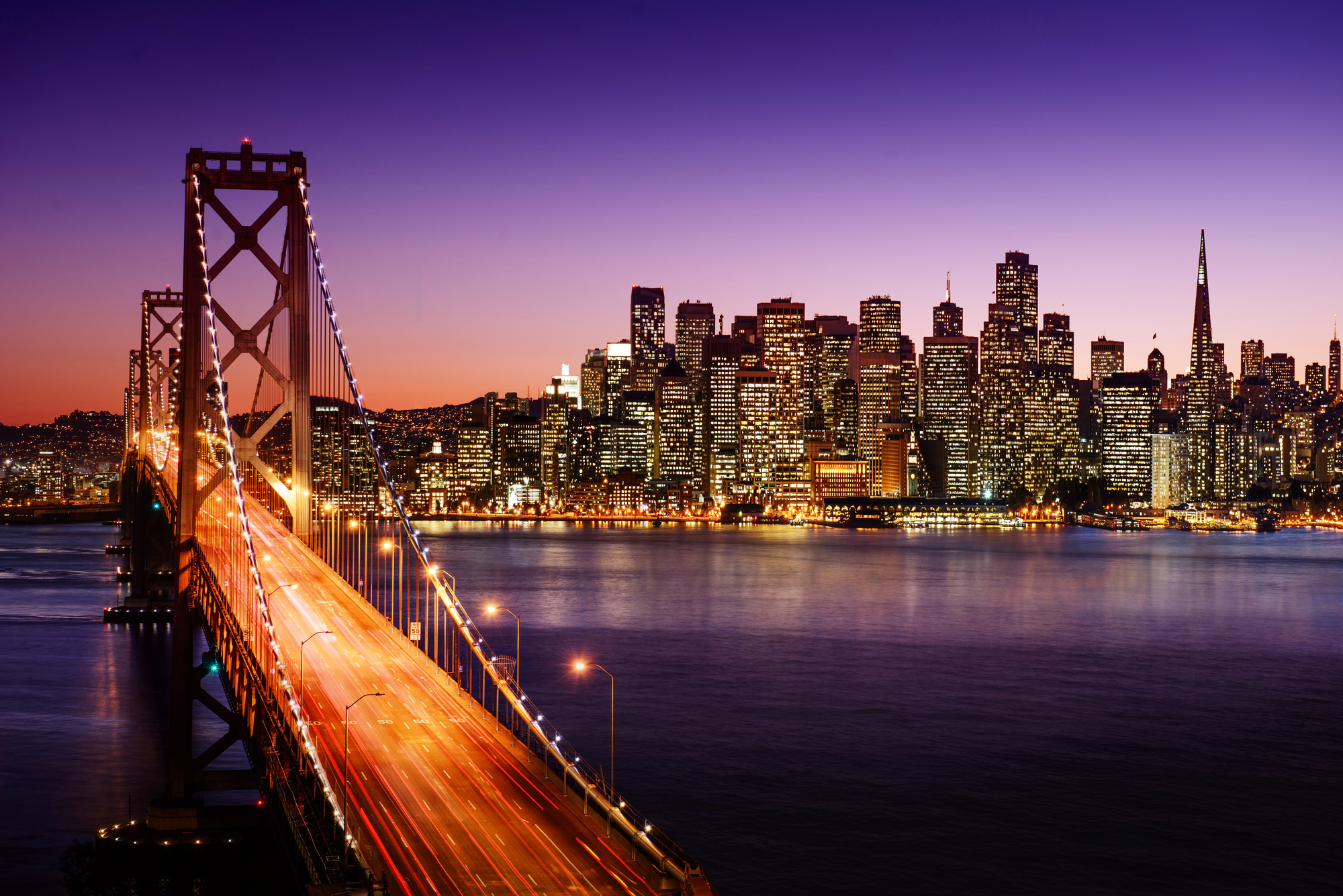
Seattle embraces its position between mountains and sea with remarkable green spaces throughout. Discovery Park spans 534 acres on a bluff overlooking Puget Sound, featuring meadows, forests, and two miles of protected tidal beaches.
Washington Park Arboretum showcases 230 acres of globally diverse plants, including stunning Japanese gardens and waterways that make the city feel continents away.
Pittsburgh, Pennsylvania
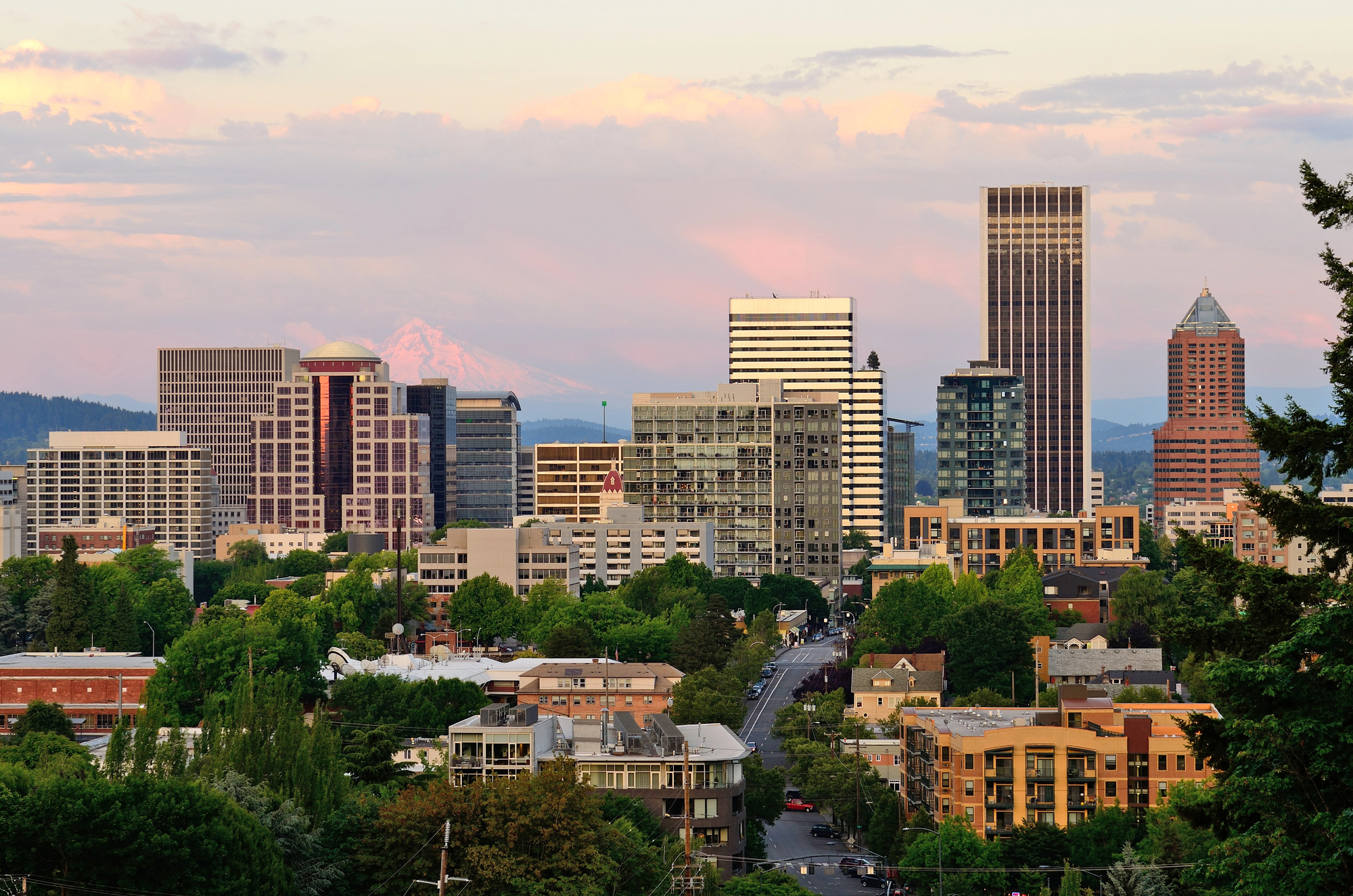
Pittsburgh surprises visitors with its 165 parks and abundance of green space at the confluence of three rivers. Frick Park spans 644 acres of woodland valleys, slopes and meadows—complete with hiking trails that make you forget downtown is just minutes away.
The city’s countless ravines and hillsides create natural divides between neighborhoods, preserving pockets of wilderness in unexpected places.
Like Travel Pug’s content? Follow us on MSN.
Denver, Colorado
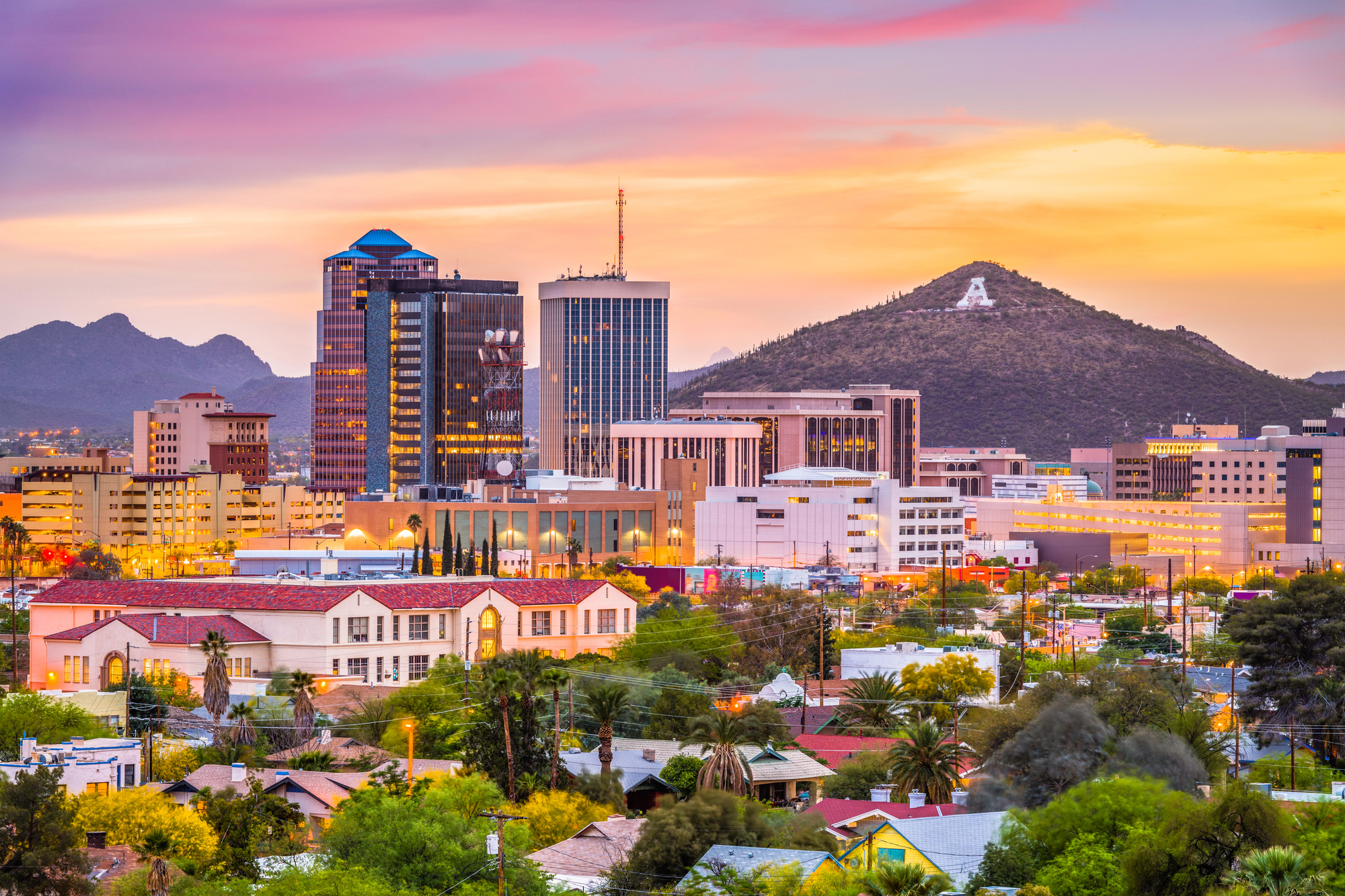
Denver offers mountain views and natural experiences despite its urban density. City Park’s 330 acres include natural-looking lakes, mature trees, and unobstructed mountain panoramas.
The 42-acre Denver Botanic Gardens features native Colorado ecosystems and specialized gardens that transport visitors from high plains to tropical environments in the span of a short walk.
Tucson, Arizona
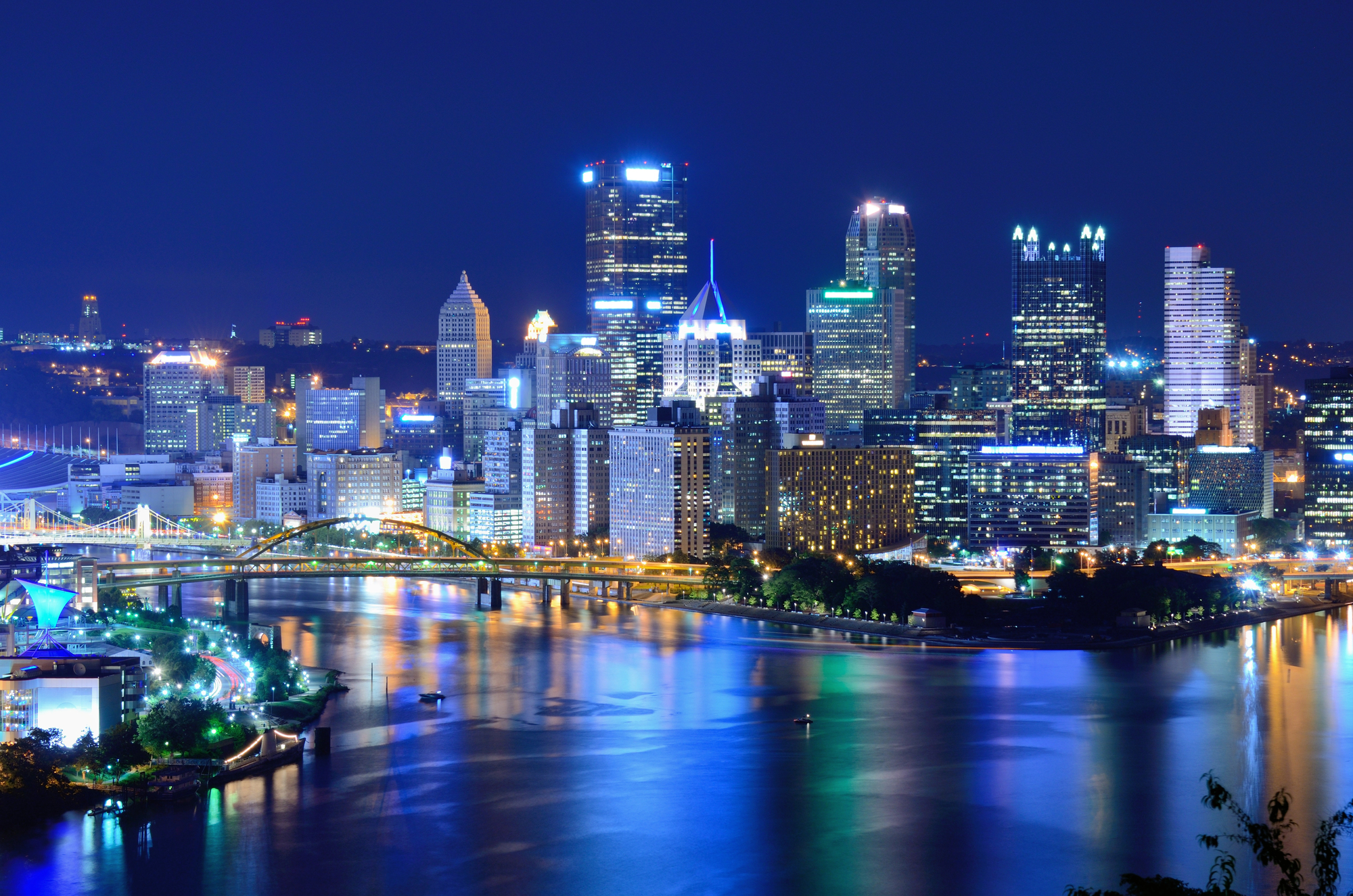
Tucson embraces desert beauty within its urban framework. Saguaro National Park flanks the city on both the east and west sides, bringing iconic cacti and desert wildlife into the metropolitan area.
The city’s 131-acre Tucson Botanical Gardens showcases native plants alongside specialized collections that demonstrate how desert landscapes can be both beautiful and ecologically important.
Savannah, Georgia
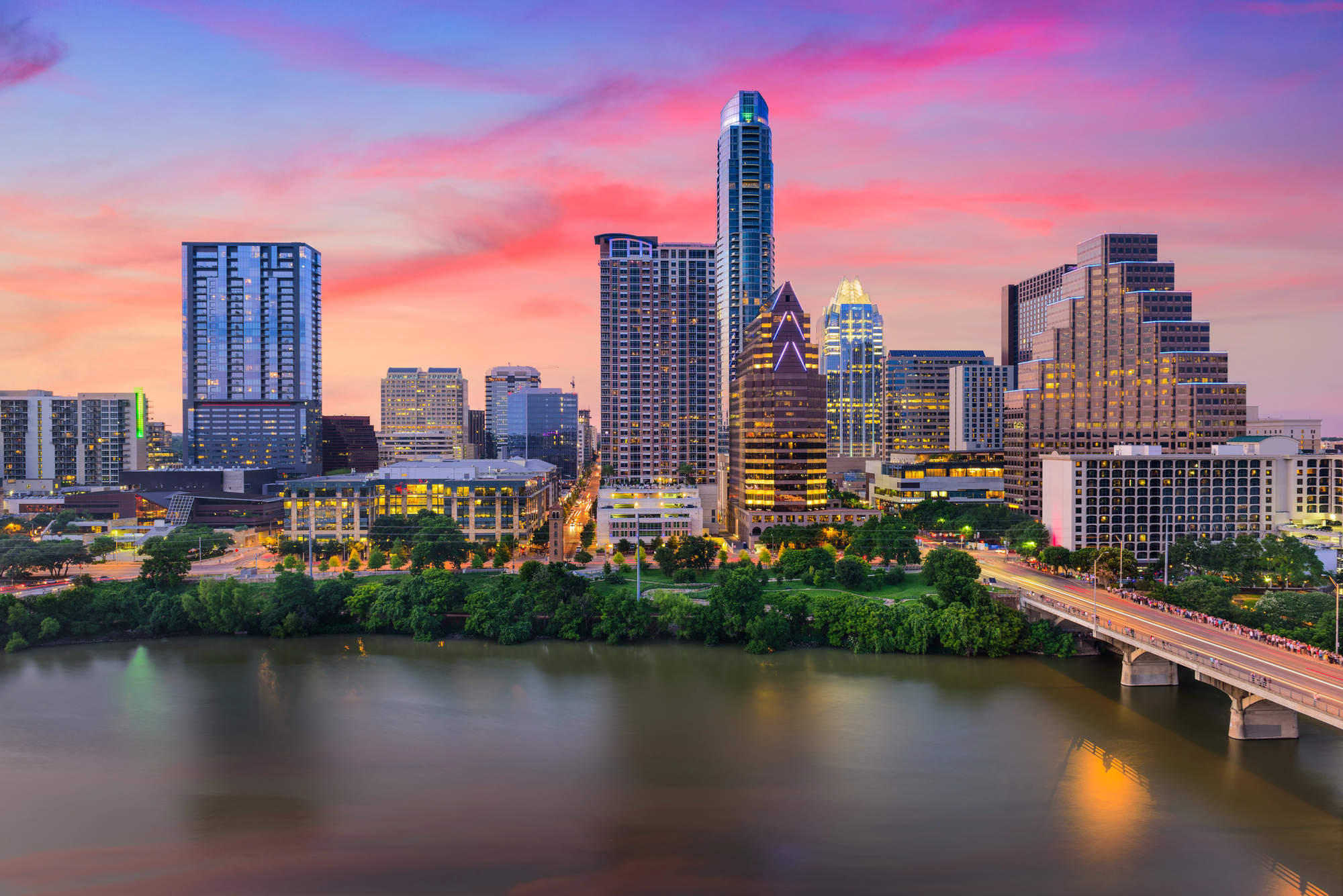
Savannah’s famous downtown grid incorporates 22 historic squares draped in Spanish moss and filled with mature live oaks. Forsyth Park spans 30 acres of walkways beneath a cathedral-like canopy of trees.
The city’s position along the Savannah River creates additional natural corridors where herons and egrets feed just steps from historic buildings.
Like Travel Pug’s content? Follow us on MSN.
San Diego, California
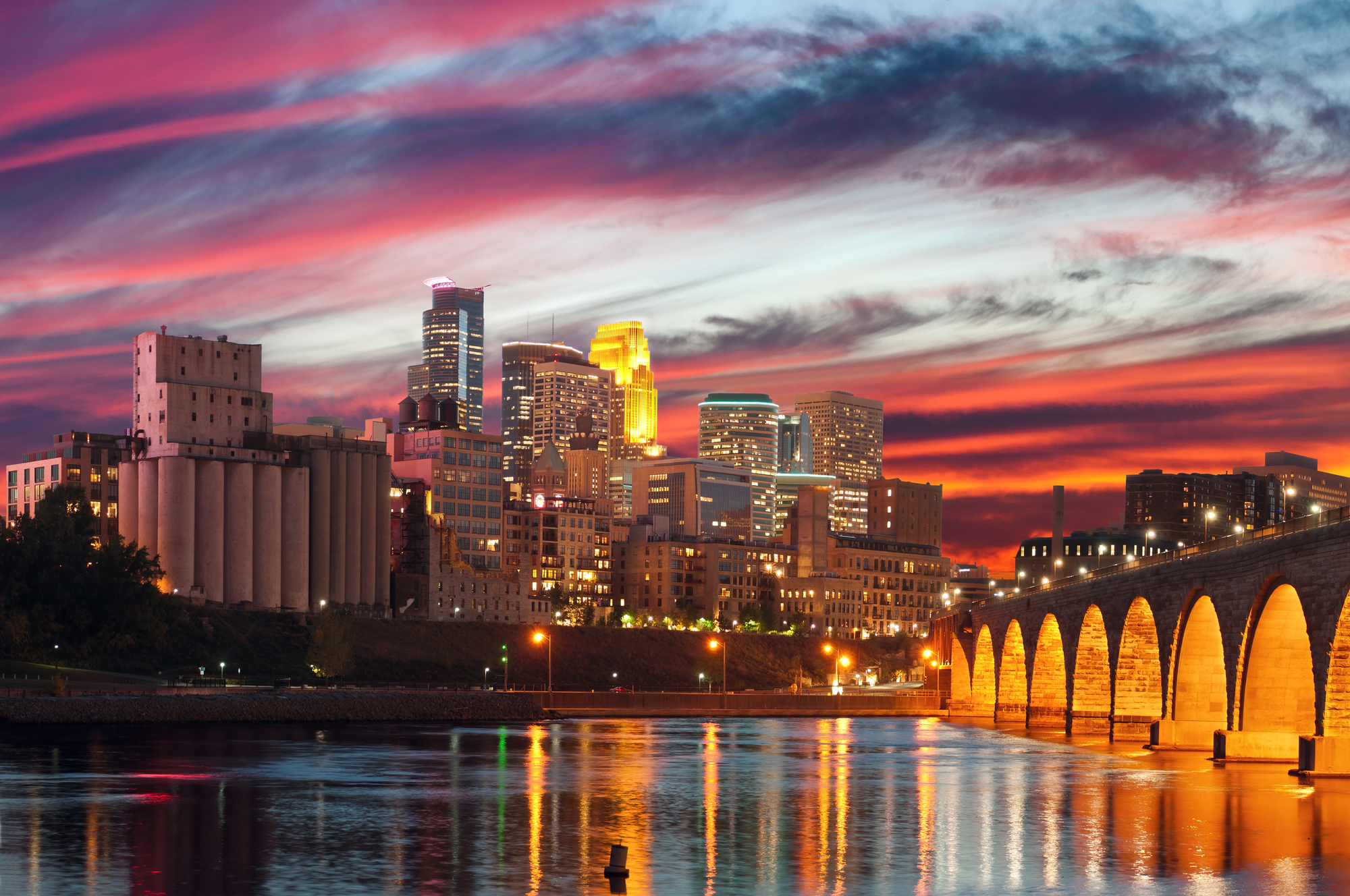
San Diego integrates beaches, canyons, and mesas into its urban fabric. Balboa Park spans 1,200 acres with 65 miles of trails through varied environments, including palm canyons and desert gardens.
Sunset Cliffs Natural Park offers dramatic ocean views along 68 acres of coastal bluffs, creating a wild coastline experience despite being surrounded by neighborhoods.
Madison, Wisconsin
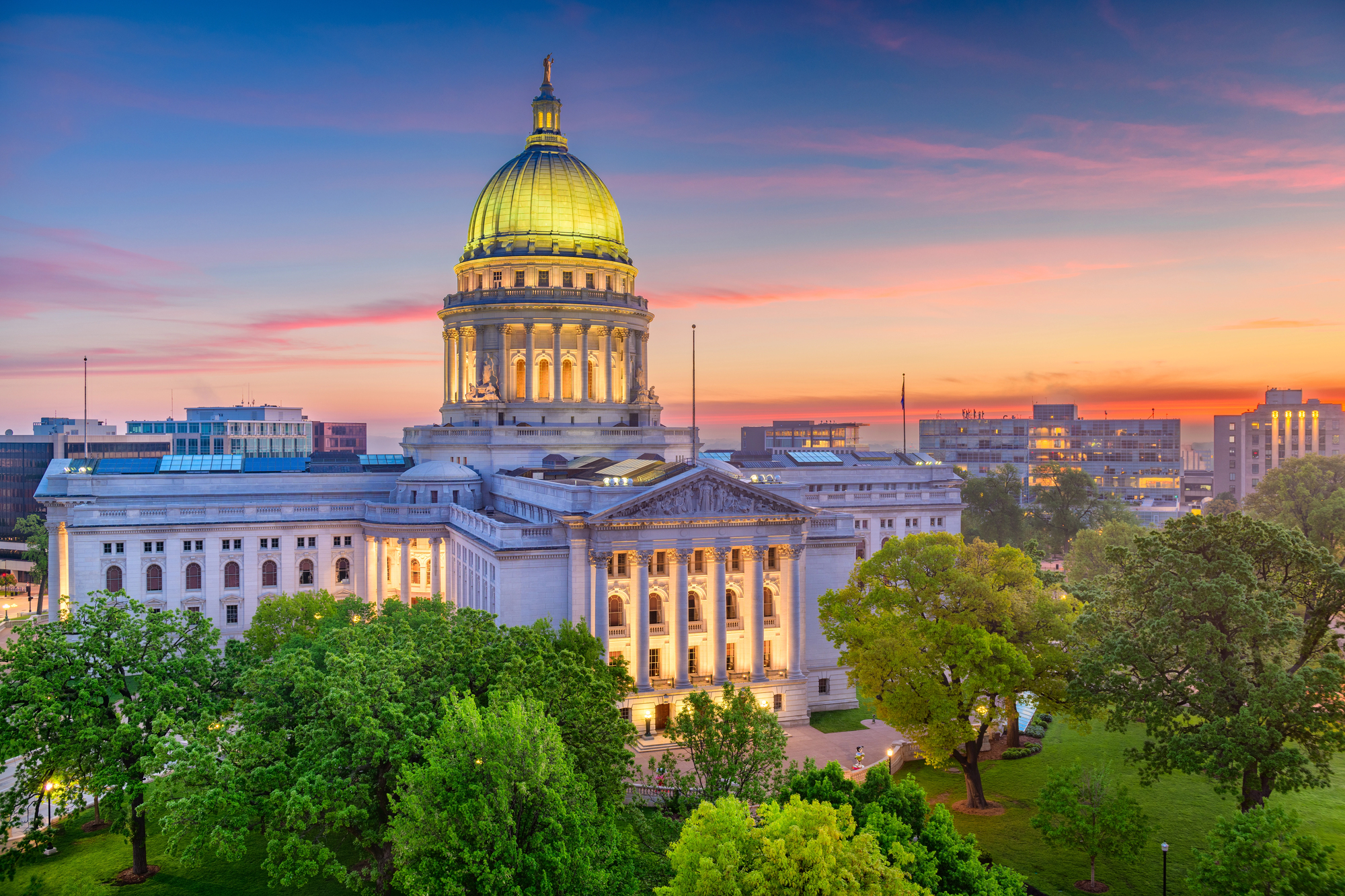
Madison sits on an isthmus between two large lakes, bringing water views to much of the city. The University of Wisconsin-Madison Arboretum encompasses 1,200 acres of forests, wetlands, and tallgrass prairies—representing landscapes that existed before European settlement.
The city’s extensive lakeside path system allows residents to travel for miles along natural shorelines without encountering traffic.
St. Louis, Missouri
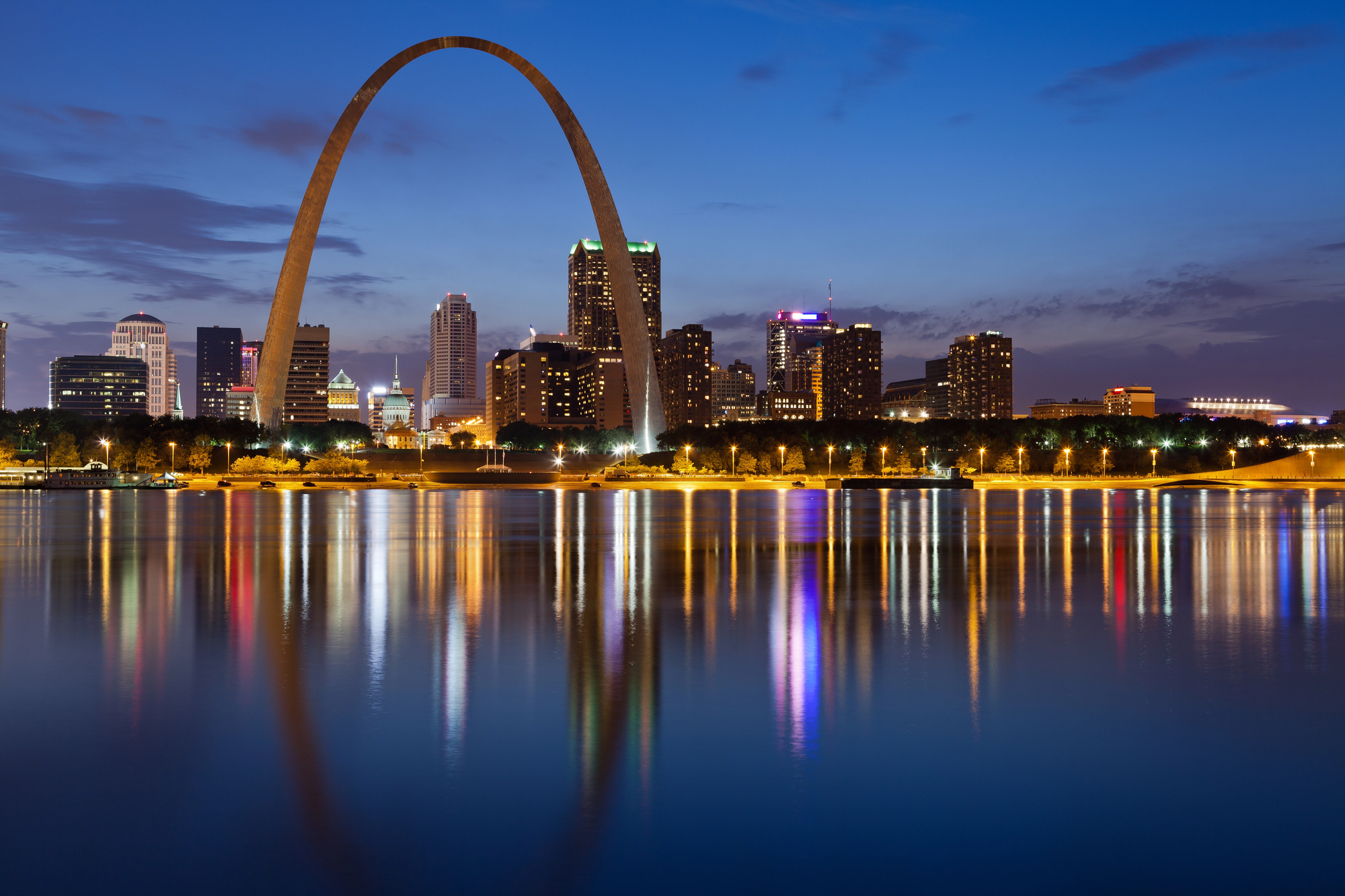
St. Louis boasts Forest Park, a 1,300-acre green space larger than New York’s Central Park. The park includes natural waterways, savannas, and forests that shelter deer, wild turkeys, and countless bird species.
The city’s position along the Mississippi River creates additional natural corridors where bald eagles can be spotted fishing during winter months.
Like Travel Pug’s content? Follow us on MSN.
Anchorage, Alaska
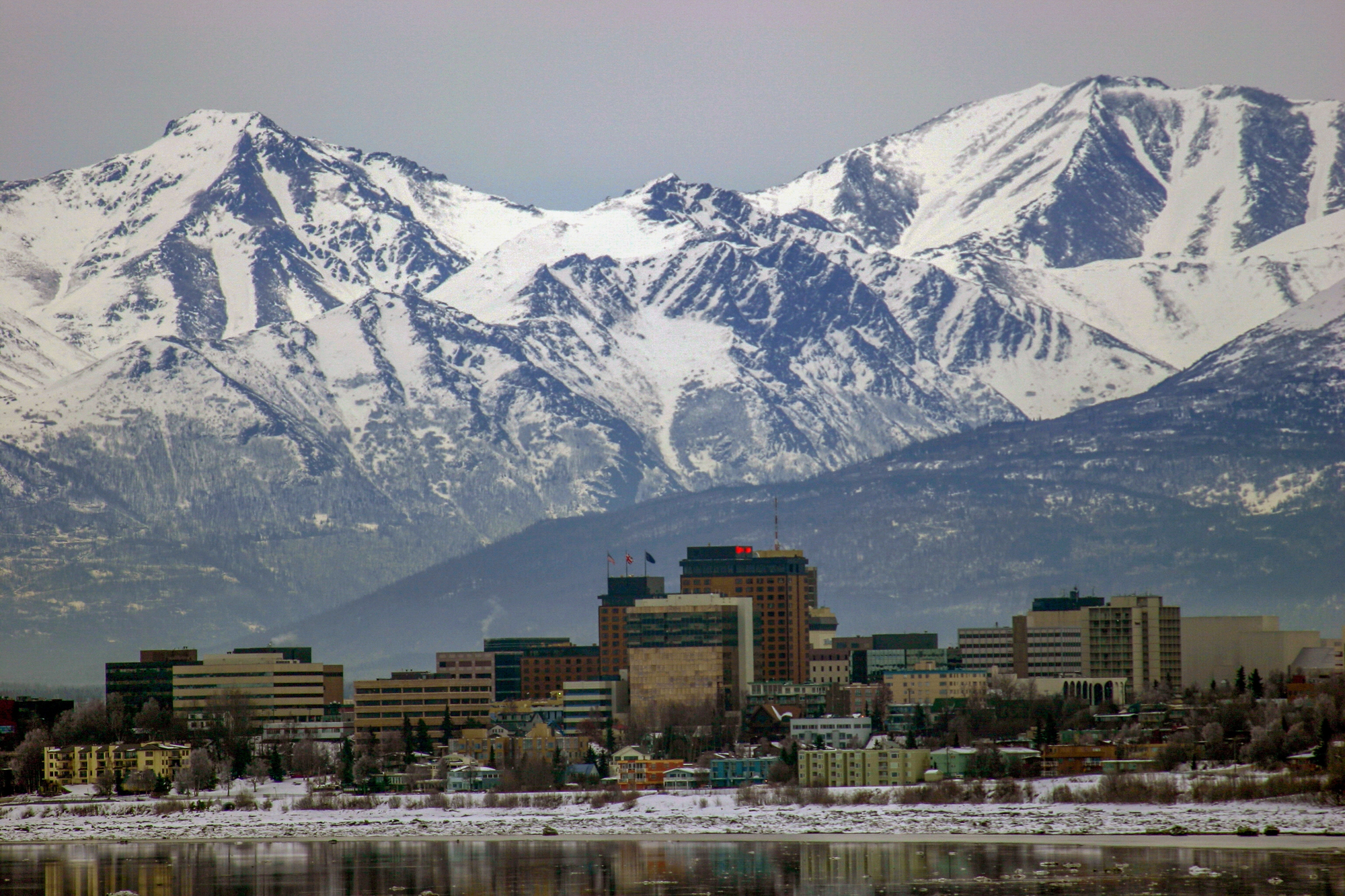
Anchorage represents the ultimate urban-wilderness interface in America. The 495,000-acre Chugach State Park begins at the city’s eastern edge, bringing moose, bears, and mountain goats into suburban areas.
The Tony Knowles Coastal Trail follows 11 miles of shoreline, where beluga whales and bald eagles can be spotted during daily commutes or weekend strolls.
Chattanooga, Tennessee
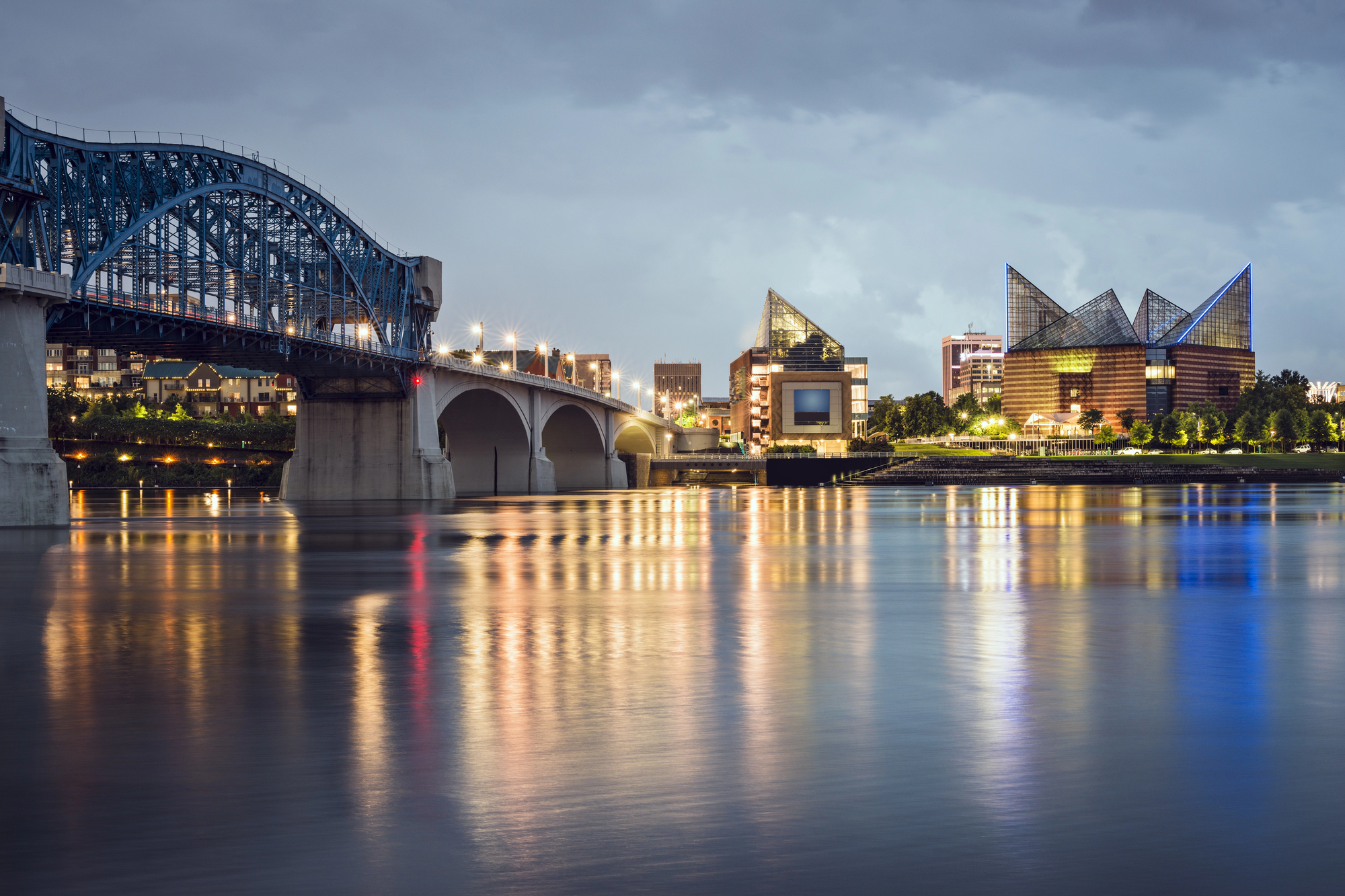
Chattanooga leverages its dramatic location in the Tennessee River Gorge to create abundant natural spaces. Lookout Mountain rises 1,700 feet above the city, offering trails and views that make urban life seem distant.
The Tennessee Riverpark extends 16 miles along the restored riverfront, creating habitat for wildlife while connecting downtown with outlying natural areas.
Honolulu, Hawaii
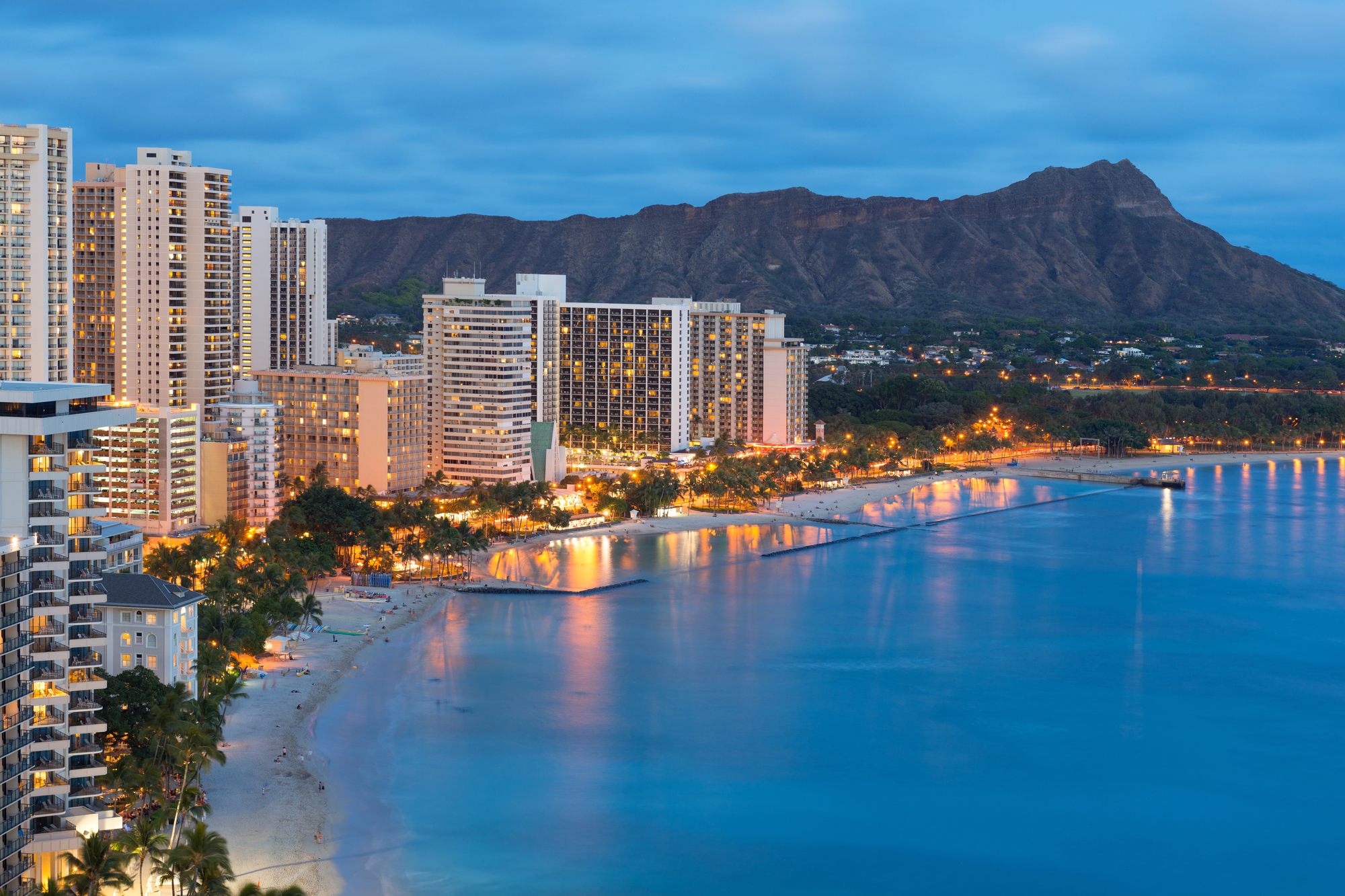
Honolulu balances urban development with exceptional natural beauty. Kapiolani Park sits at the foot of Diamond Head crater, spanning 300 acres where ancient banyan trees create natural shade.
The Manoa Falls Trail takes hikers through bamboo forests to a 150-foot waterfall, all within city limits and just a short drive from Waikiki’s high-rise hotels.
Like Travel Pug’s content? Follow us on MSN.
Natural Treasures in Urban Settings

These remarkable cities demonstrate how urban planning can preserve natural spaces that benefit both people and wildlife. The integration of parks, waterways, and ecological corridors provides essential habitat while improving the quality of life for residents.
These urban oases remind us that even in our most developed areas, nature finds ways to thrive when given proper space and protection.
More from Travel Pug

- Cities Growing so Fast You Won’t Recognize Them in 10 Years
- 13 Destinations Where Tourists Regularly Regret Their Trip
- 16 U.S. Cities That Are Quietly Becoming Travel Hotspots
- Where to Travel If You Love Long Bus Rides and Daydreams
- 20 Cities Perfect for Solo Travelers Who Crave Adventure & Culture
Like Travel Pug’s content? Follow us on MSN.
